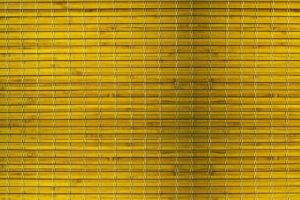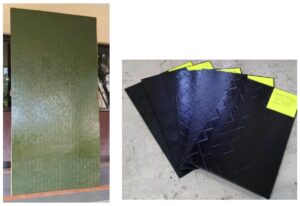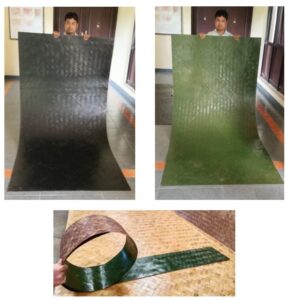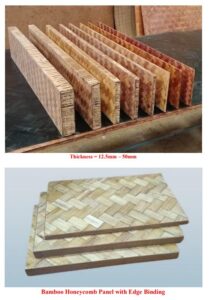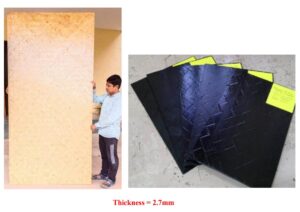1. Introduction
Bamboo woven fabric is gaining traction in the textile industry due to its eco-friendly properties, softness, and durability. This project focuses on setting up a production facility for manufacturing high-quality bamboo woven fabrics, catering to fashion, home textiles, and industrial applications.
2. Market Analysis
2.1 Industry Overview
The global sustainable textile market is growing at a CAGR of 8-10%. Bamboo fabric is widely used for clothing, bedding, and upholstery due to its breathability and antibacterial properties.
2.2 Target Market
Clothing manufacturers
Home textile brands (bedding, curtains, upholstery)
Eco-conscious consumers
Export markets focusing on sustainable fashion
2.3 Competitive Advantage
Sustainable and biodegradable material
Hypoallergenic, moisture-wicking, and antibacterial properties
Increasing demand for organic textiles
3. Project Cost and Investment
3.1 Fixed Capital Investment
| Item | Cost (INR) |
|---|---|
| Land & Building (Rent) | |
| Machinery & Equipment | |
| Furniture & Fixtures | |
| Initial Raw Materials | |
| Miscellaneous Expenses | |
| Total Fixed Capital |
3.2 Working Capital (3 Months)
| Item | Cost (INR) |
|---|---|
| Raw Materials | |
| Labor Wages | |
| Utility Bills | |
| Marketing & Promotions | |
| Miscellaneous | |
| Total Working Capital |
3.3 Total Investment Requirement
Fixed Capital + Working Capital =
4. Production Process
Sourcing Bamboo Fiber – Procuring raw bamboo fiber from sustainable suppliers.
Spinning & Weaving – Converting bamboo fibers into yarn and weaving them into fabric.
Dyeing & Finishing – Treating fabrics for softness, color, and durability.
Quality Control – Ensuring strength, texture, and appearance.
Packaging & Distribution – Eco-friendly packaging and shipment to clients.
5. Revenue Model & Profitability
5.1 Expected Sales & Pricing
| Product | Selling Price/Unit (INR per meter) | Monthly Production (meters) | Monthly Revenue (INR) |
|---|---|---|---|
| Bamboo Woven Fabric (Basic) | |||
| Bamboo Woven Fabric (Premium) | |||
| Total Monthly Revenue |
5.2 Monthly Expenses
| Expense | Cost (INR) |
|---|---|
| Raw Materials | |
| Labor Wages | |
| Utility Bills | |
| Marketing & Promotions | |
| Maintenance | |
| Miscellaneous | |
| Total Monthly Expenses |
5.3 Monthly Profit Calculation
Revenue – Expenses =
5.4 Annual Profitability
6. Break-Even Analysis
Break-even Point (BEP) = Fixed Costs / Contribution Margin
Fixed Costs =
Contribution Margin = Selling Price – Variable Cost per unit
Assuming an average contribution margin of 50%: BEP =
7. Funding Options
Government Schemes (MSME loans, Startup India benefits)
Bank Loans & Credit Facilities
Angel Investors & Venture Capital
8. Sustainability & Future Growth
Expansion into bamboo-based clothing brands
Collaboration with fashion designers and home decor brands
Export potential to premium eco-conscious markets
